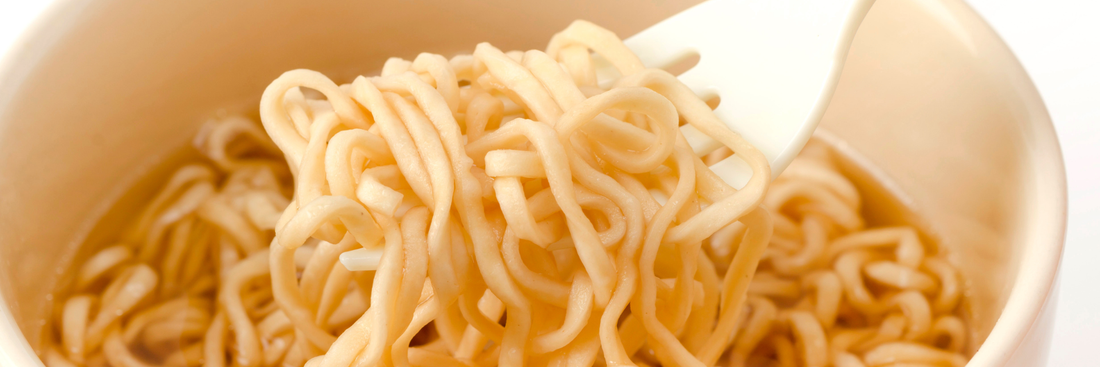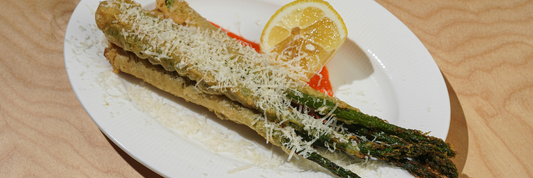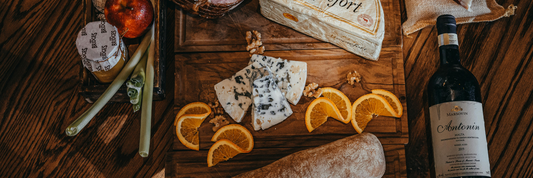If you’ve ever packed ramen ahead of time whether for lunch at work, a picnic, or meal prep you’ve likely faced the same struggle: how to keep ramen noodles from getting soggy while waiting.
Ramen noodles can lose their perfect chewiness quickly. And for small restaurants, home cooks, or catering businesses, maintaining noodle texture means preserving flavor, customer satisfaction, and presentation.
At Kimecopak, we understand this challenge well. As a sustainable packaging brand in Canada, we help food businesses store and deliver meals safely while keeping freshness and texture intact. Let’s explore five practical tips (and one packaging secret) to help your ramen stay springy and delicious.
- Sashimi and Food Safety: What Restaurant Owners Need to Know
- Common Mistakes in Storing Nori (Seaweed) and How to Fix Them
- How to Make Your Sushi Menu More Attractive to New Customers
Why Do Ramen Noodles Get Soggy So Easily?

The Moisture and Starch Science
Ramen noodles whether fresh, boiled, or instant are made mostly of starch. Starch absorbs moisture quickly.
When exposed to air or broth, noodles continue absorbing water, causing them to swell and soften. This process happens even after cooking stops, especially in humid conditions.
The Effects of Heat, Humidity, and Oxidation
Heat accelerates moisture absorption and softening. In addition, oxygen in the air can oxidize the oil used in fried or dried noodles, causing them to go stale faster.
According to the World Instant Noodles Association, storing noodles away from humidity, light, and strong odors is essential to maintaining quality.
Now, here are five easy tips that work for both home cooks and F&B businesses.
Tip 1: Portion and Store Separately in Airtight Bags
Why it works: dividing noodles into smaller portions reduces exposure to air and humidity.
How to do it:
- After parboiling, drain the noodles thoroughly.
- Divide them into individual servings.
- Store each portion in an airtight ziplock or vacuum-sealed bag.
- Press out as much air as possible before sealing.
Bonus tip: Vacuum-sealed bags extend freshness and prevent overhydration, especially if noodles will be stored for more than a few hours.

Tip 2: Use Moisture Absorbers or Oxygen Absorber Packs
Why it works: moisture absorbers help maintain a dry environment, while O₂ absorbers slow oxidation the main culprits behind soggy or stale noodles.
How to do it:
- Place one or two food-safe silica gel or O₂ absorber packs inside the container or bag (not touching the noodles directly).
- These packs are often used in dry food storage to maintain texture and prevent mold.
Choose only FDA-approved, food-grade desiccants to ensure safety.
Tip 3: Store in Airtight Containers Away from Sunlight
Why it works: sunlight and air accelerate moisture absorption and oxidation. A sealed, opaque container provides better long-term protection.
How to do it:
- Use airtight containers made from food-grade plastic, stainless steel, or glass.
- Add a moisture absorber inside (optional).
- Keep containers in a cool, dry, shaded area away from stoves, windows, or ovens.

Comparison Table: Zip Bags vs Airtight Containers
| Criteria | Zip Bags | Airtight Containers |
|---|---|---|
| Cost | Low | Moderate |
| Portability | Excellent | Good |
| Long-Term Moisture Protection | Good (with absorber) | Excellent |
| UV / Light Protection | Limited | Strong (if opaque) |
Tip 4: Flash Chill Before Sealing
Why it works: packing noodles while still warm creates steam inside the bag or box, which turns into condensation and softens the noodles.
How to do it:
- After boiling, rinse noodles briefly in ice water for 10–30 seconds.
- Drain thoroughly and let them cool to room temperature.
- Only then, seal the noodles in your bag or container.
This “flash-chilling” method, often used by professional chefs, halts the cooking process and locks in the firm texture.

Tip 5: Combine Noodles and Broth Only When Ready to Eat
No matter how well you store them, noodles will eventually soften if left soaking in broth.
To preserve perfect texture:
- Keep noodles and soup separate until serving time.
- Store the broth in a thermos or insulated container to keep it warm.
- Pour it over noodles right before eating or serving.
According to The Wicked Noodle, separating broth from noodles is the simplest way to prevent sogginess when reheating ramen.

How Kimecopak’s Packaging Helps Preserve Noodle Freshness
At Kimecopak, we believe great food deserves equally great packaging. Proper packaging isn’t just about presentation — it’s a science of preservation.
Here’s how our eco-friendly solutions support ramen noodle storage:
- High-Barrier Materials: Our multi-layer film and paper containers resist moisture and oxygen, protecting texture and flavor.
- Zip-Seal and Vacuum Options: Designed for airtight performance while being easy to open and reseal.
- Integrated Absorber Pockets: Allow you to safely insert moisture absorbers or O₂ packs.
- Thermo-Resistant & Leak-Proof Bowls: Ideal for storing noodles and hot broth separately.
- Sustainable by Design: All materials are eco-friendly, compostable, and food-safe, aligning with your brand’s green values.
When your packaging works as hard as your recipe, your ramen stays irresistibly fresh even hours later.
Final Thoughts & Quick Takeaways
- The biggest enemy of ramen texture is moisture and oxidation.
- Keep noodles cool, dry, and separate until ready to serve.
- Flash chill before sealing and always avoid packing hot noodles.
- Use high-quality, eco-friendly packaging like Kimecopak’s to maintain both freshness and sustainability.
Quick takeaway:
To keep ramen noodles from getting soggy chill them fast, store airtight, and only mix with broth when you’re ready to eat.
FAQ
Q1: How long can dried ramen last if stored properly?
Dried or instant ramen can last 6–12 months past its production date if stored in a cool, dry, airtight environment.
Q2: Should I refrigerate cooked ramen noodles?
Yes, but only if sealed properly. Store cooked noodles in an airtight container in the fridge for up to 3–5 days. Avoid condensation by cooling them completely before sealing.
Q3: Can I vacuum seal pre-cooked noodles?
Absolutely. Vacuum sealing removes excess air and moisture, keeping noodles fresh and chewy longer ideal for meal prep or catering.
Q4: Is it okay to store noodles and broth together?
Not recommended. The noodles will absorb the broth and turn mushy. Always store them separately and combine only at serving time.
Q5: What’s the best temperature to store ramen noodles?
Room temperature between 15–25°C (59–77°F) is ideal for dried noodles. Keep them away from direct sunlight or humidity.
Q6: How can Kimecopak packaging help my restaurant’s ramen storage?
Kimecopak’s packaging can be customized with moisture barriers, compostable zip seals, or insulated compartments, helping your ramen stay fresh all while aligning your brand with sustainable values.
-
LEARN MORE about How "Subscribe for a Happy Life" will benefits your business HERE!
-
LEARN MORE about Kim Vu, sharing on the challenges she faced as a former restaurant owner, and how she overcame them to create KimEcopak HERE!




